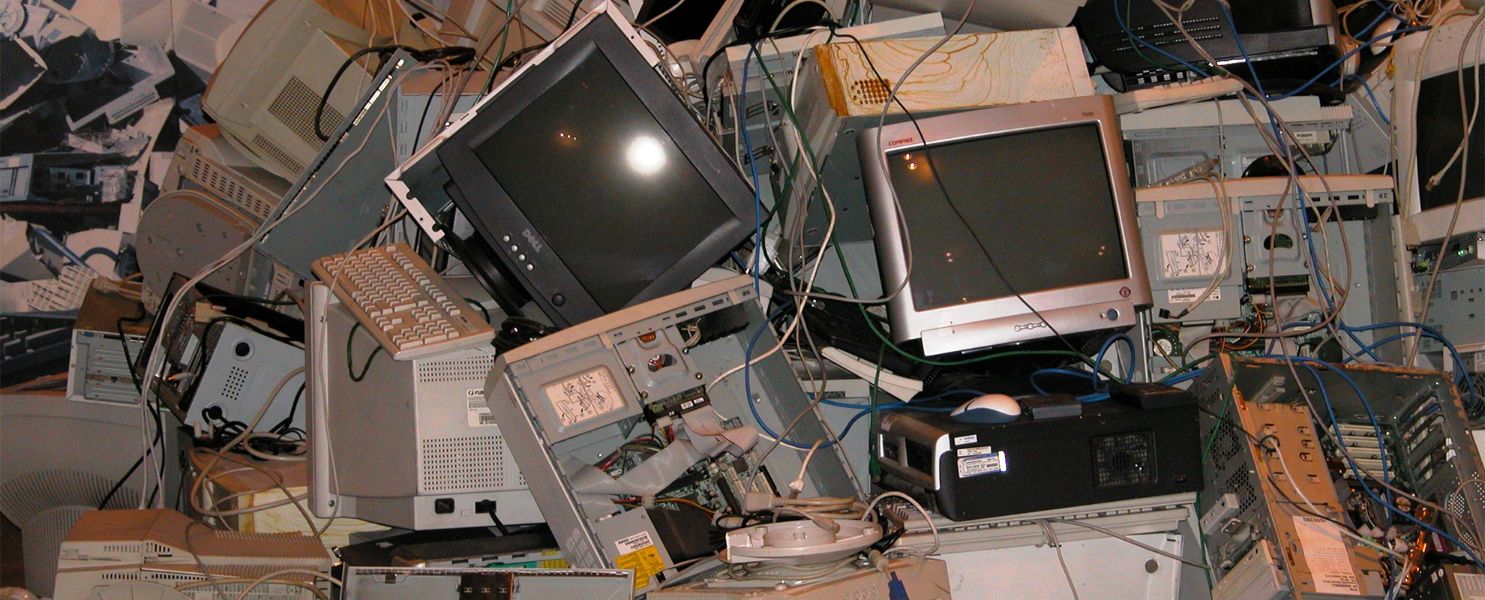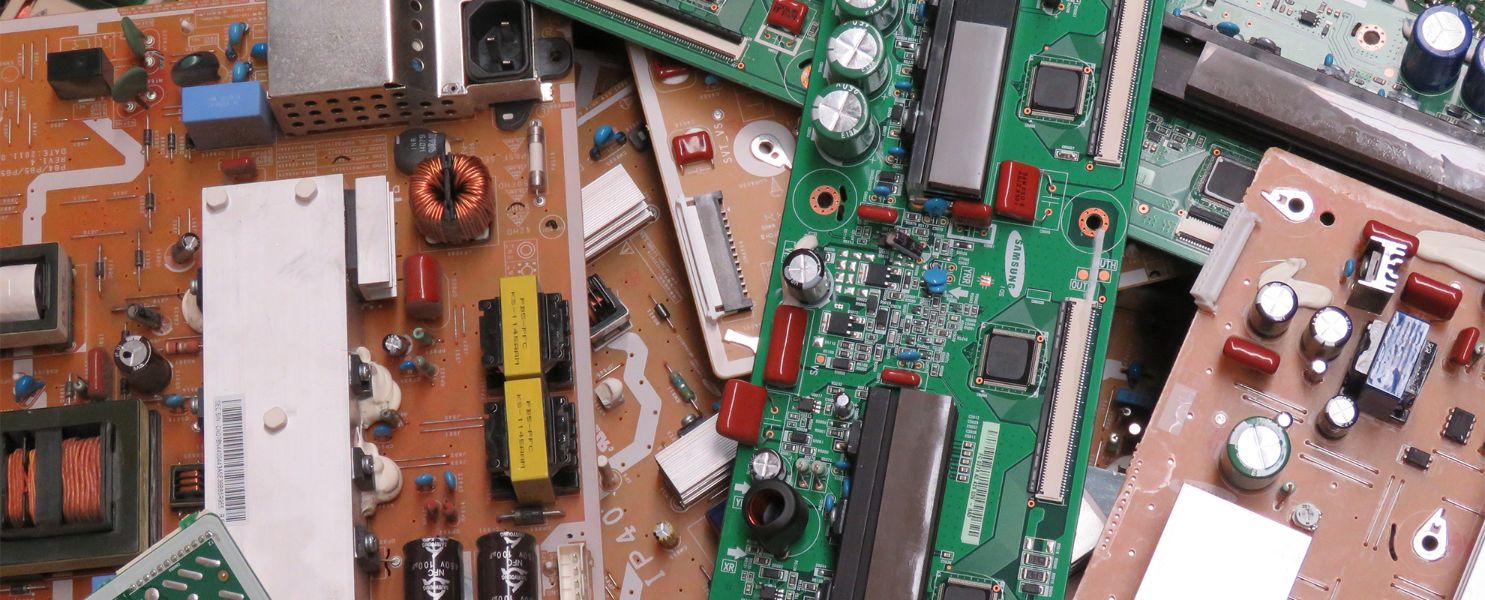Technological innovations are constant providing good solutions. They create new electronic devices and equipment that are useful in everyday life. The deterioration and lapse of electronic devices require that they be separated. Some electronic objects are abandoned in favor of new more efficient and more efficient ones.
The question of the future of these devices is a real problem. Once without functional utility, they become electronic waste with a real impact on the environment. The management of electronic waste is a major challenge for everyone.
Focus on the impact of electronic waste on the environment!
What happens to electronic waste?

Many debates are being held on the future of electronic waste. However, it should be noted that there is one main mechanism for recycling this detritus: the Extended Producer Responsibility program. It requires manufacturers and retailers of electronic devices to ensure that these non-functional products are recycled.
The Association for the Recycling of Electronic Products
Through the association for the Recycling of Electronic Products (ARPE) of the program, 960 depot points for household waste are established. These are ecocentres and staples stores. The waste is sent to the 25 recyclers approved by their qualification office. At the end of 2015, the recycling rate is illustrated as follows:
- 1% of portable audio and video systems;
- 40% printers and scanners;
- 50% of non-portable audio and video systems;
- 51% desktops;
- 62% of computer and television screens.
The rate of mobile phones, tablets, cell phones and landlines recycled by EPRA remains confidential.
Nevertheless, the mode of operation of this program arouses many controversies. Businesses in this program use the “eco-fees” intermediary to get consumers to pay their bills.
For example, the bill for a 42-inch TV is estimated at $24. During 2017, nearly $16.5 million was donated to the recycling program association.
It should be noted that before 2012, organizations were unable to effectively meet the need for recycling of electronic waste even with environmental fees. These contributions now ensure the recycling of all electronic waste. Bills are paid by consumers.
Many other structures for recycling
Apart from EPRA, other bodies are in charge of recycling electronic waste. These include recycling structures designed by Bell and Videotron. Bell recovers modems and receivers. Videotron takes care of cell phones and modem routers.
There is also the parallel network which has more than 100 recyclers. You will be able to enjoy an excellent recycling of your waste in Quebec.
However, the amount of e-waste recycled by these organizations is unknown. Non-recycled electronic waste goes directly into the garbage cans. This quantity of materials is also not calculated. Only the amount of waste recovered by EPRA is estimated.
Why is e-waste so dangerous for the environment and people?

Electronic waste is mostly reusable or it can be recycled. Moreover, it is the detritus with a growth of accumulation of the fastest. Disposed of in inadequate ways (incinerated or thrown into landfills), they have a colossal ecological impact.
Products such as lead and cadmium frequently used in the manufacture of these electronic tools are very toxic and persistent substances. They affect the air, soil, water and people.
Also, it should be noted that computers are made of precious metals such as gold, platinum and silver. The extraction of the latter requires the use of an impressive amount of energy and surface. It would have a lesser impact if the materials came from a natural environment.
Computer recycling and electronic recycling must be taken very seriously. In addition, e-waste poses a threat to the environment and people. This is all the more the case in countries without regulation in this context. Used appliances that have deteriorated or no longer comply with the standards in force are transported there.
The European Union has put in place two directives. The first relates to waste electrical and electronic equipment (WEEE). The second relates to the restriction of the use of certain hazardous substances in electrical equipment.
The implementation of these directives in the countries of the European Union is still at an experimental stage. Outside the European Union, other major states such as the United States, China, Canada, Australia and Japan are working to implement optimal e-waste management systems.
What can be done about e-waste?
To combat electronic waste, many solutions are possible. To begin with, one should avoid buying any electronic device. Acquire only custom-made and quality electronic devices that meet an urgent and useful need.
It is possible to have multifunctional electronic equipment to limit the amount of this waste. Renting good quality electronic equipment is a great option in several settings. Rather than buying an electronic device to use punctually, it is more beneficial to make good rentals.
Also, it is possible to buy used electronic devices or give away those that are no longer useful. With this alternative, it is necessary to ensure that the device is always functional and up-to-date.
In addition, it is important to use your electronic devices for as long as possible. This requires good use and good maintenance. Above all, each state should make good arrangements for the effective management of its electronic waste.

